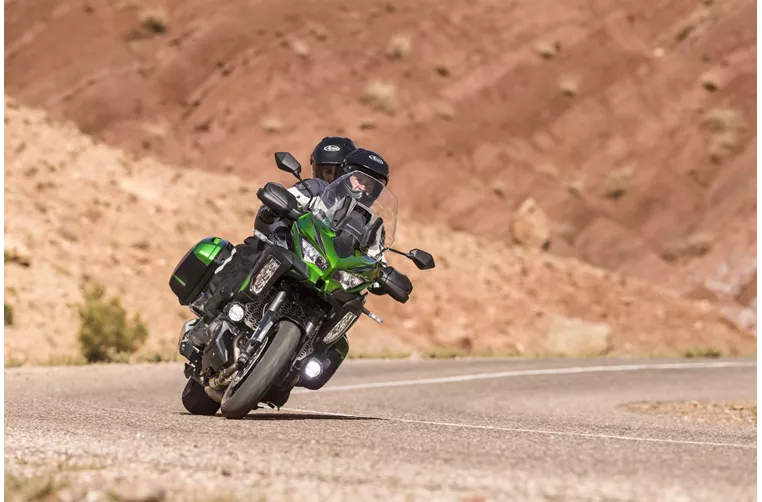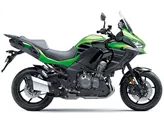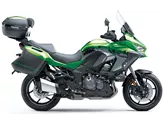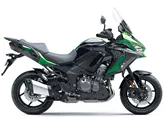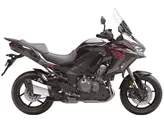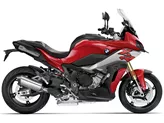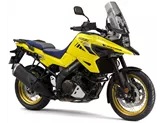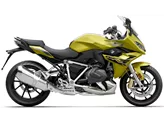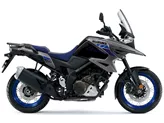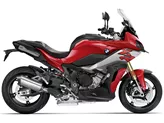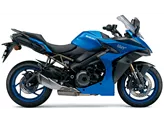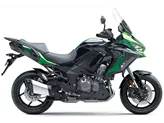Kawasaki Versys 1000 2016 vs. Kawasaki Versys 1000 SE 2022

Kawasaki Versys 1000 2016
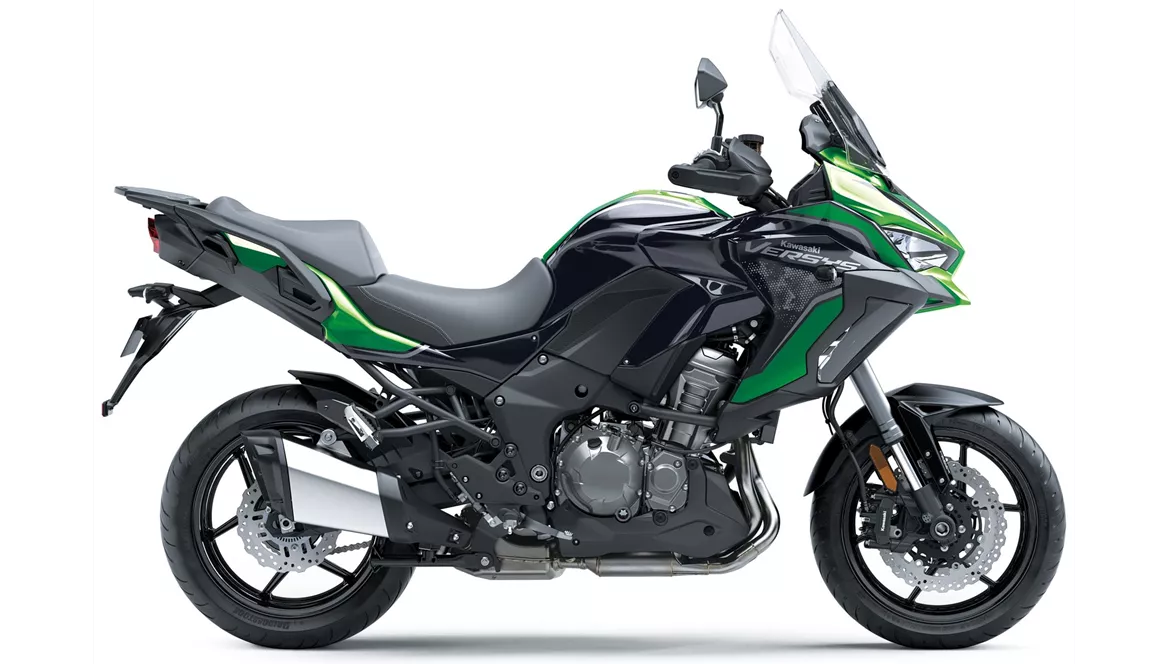
Kawasaki Versys 1000 SE 2022
Overview - Kawasaki Versys 1000 2016 vs Kawasaki Versys 1000 SE 2022
The Kawasaki Versys 1000 2016 and the Kawasaki Versys 1000 SE 2022 are both enduro motorcycles with similar technical specifications. They both have an in-line four-cylinder engine with a bore of 77 mm and a stroke of 56 mm, producing 120 HP of engine power and 102 Nm of torque. They also have an electric starter and a chain transmission. The engine displacement is 1043 ccm and they both have four cylinders.
In terms of suspension, both models feature upside-down telescopic forks at the front with adjustable compression, preload, and rebound. The rear suspension also has adjustable compression, preload, and rebound. The chassis is made of aluminum, providing stability and durability.
The braking system on both models consists of double disk brakes at the front, ensuring efficient and well-controlled braking. The front tire diameter is 17 inches, while the rear tire width is 180 mm and the rear tire diameter is 17 inches. The wheelbase is 1520 mm, providing stability and maneuverability. The seat height is 840 mm, offering a comfortable seating position for the rider. The kerb weight, including ABS, is 250 kg for the Kawasaki Versys 1000 2016 and 257 kg for the Kawasaki Versys 1000 SE 2022. Both models have a fuel tank capacity of 21 liters.

Kawasaki Versys 1000 2016
The Kawasaki Versys 1000 2016 has a sporty look and a comfortable seating position, making it suitable for long rides. The in-line four-cylinder engine is powerful and refined, providing a smooth and enjoyable riding experience. The adjustable windshield allows the rider to customize the airflow, and the stable chassis ensures a confident ride. The braking system is well-controlled, offering reliable stopping power. Additionally, the Kawasaki Versys 1000 2016 offers a clever range of accessories and is comparatively affordable.
On the other hand, the Kawasaki Versys 1000 SE 2022 offers a very comfortable seating position, allowing the rider to enjoy long rides without fatigue. The in-line four-cylinder engine is refined and powerful, providing a smooth and responsive performance. The full electronics package enhances the riding experience, offering advanced features and functionalities. The adjustable windshield allows the rider to customize the airflow, and the electronically adjustable Showa suspension provides superb comfort and handling. The braking system is well-controlled, ensuring reliable stopping power. Furthermore, the Kawasaki Versys 1000 SE 2022 has a distinctive look, making it stand out on the road.
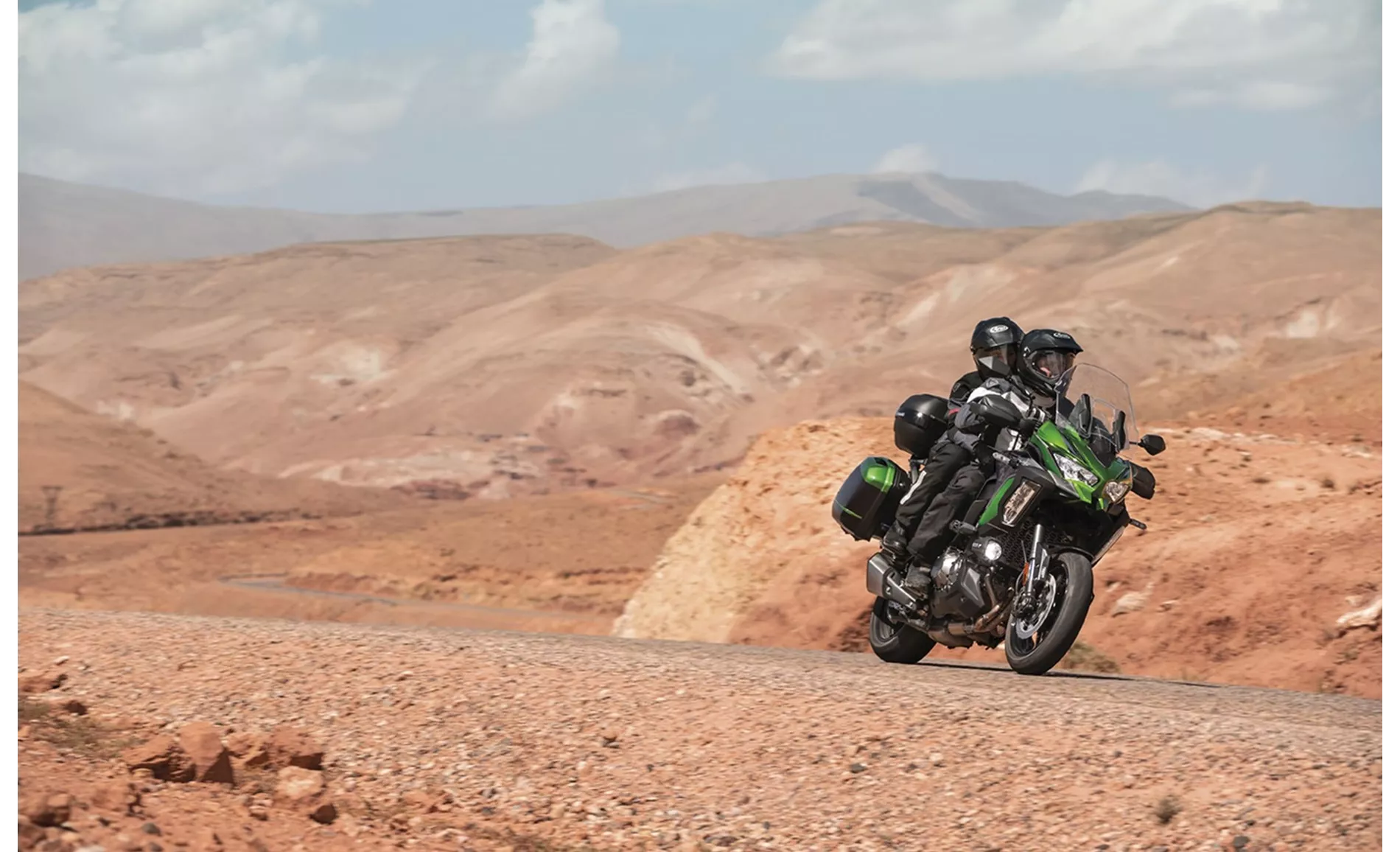
Kawasaki Versys 1000 SE 2022
In terms of weaknesses, the Kawasaki Versys 1000 2016 has a windshield that can only be adjusted when stationary, which may be inconvenient for riders who need to make adjustments on the go. Additionally, the gear indicator is not included as standard and requires an additional cost.
Similarly, the Kawasaki Versys 1000 SE 2022 has a windshield that cannot be adjusted with one hand, which may be less convenient for riders who need to make quick adjustments. However, these weaknesses are relatively minor compared to the overall strengths of the motorcycles.
In conclusion, both the Kawasaki Versys 1000 2016 and the Kawasaki Versys 1000 SE 2022 are impressive enduro motorcycles with powerful engines, comfortable seating positions, and well-controlled braking systems. While the 2016 model offers a sporty look and a clever range of accessories at a comparatively low price, the 2022 SE model provides a very comfortable seating position, a full electronics package, and a distinctive look. Overall, both models are excellent choices for riders looking for a versatile and capable enduro motorcycle.
Technical Specifications Kawasaki Versys 1000 2016 compared to Kawasaki Versys 1000 SE 2022
Pros and Cons in comparison
Pros and Cons in comparison
Kawasaki Versys 1000 2016

The Kawasaki Versys 1000 is not a completely new model - even if it looks like one from the design point of view. The look has been cleverly adapted to the current aggressive Kawasaki line with two pointed headlights and many edges at the front. Technically, on the other hand, it has been cautiously upgraded - but quite sensibly. Two additional horsepower boost the output to 120 hp, which is excellent to ride thanks to the wonderful in-line four-cylinder characteristics. The chassis corresponds to the sporty demands of a Kawasaki, but the ergonomics and comfortable seating position allow for long journeys - just like a big enduro. With useful accessories such as a pannier set, top case, heated grips and additional headlights, the Versys 1000 becomes a serious long-distance tourer - the comparatively low base price makes these gimmicks quite affordable.
Kawasaki Versys 1000 SE 2022
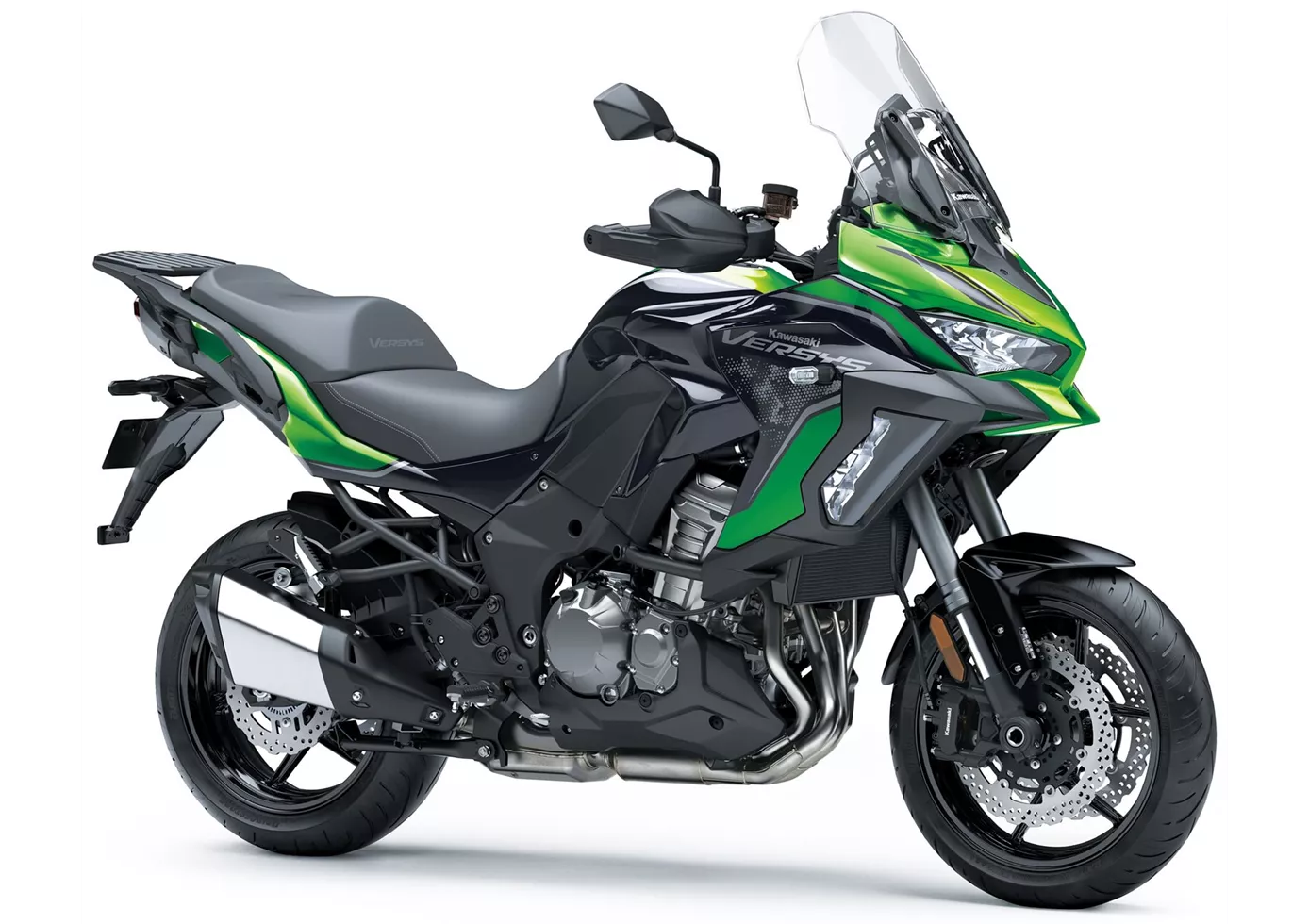
The Kawasaki Versys 1000 SE is more than equipped for the big journey: The many features pull together, because everything good about the SE is aimed at comfort and safety. Whether it's the semi-active electronic Skyhook suspension from Showa, the KIBS cornering ABS, the Kawasaki Cornering Management Function (KMCF), the cornering lights or the easy-to-read TFT colour display, the electronics leave nothing to be desired. Coupled with the comfortable seating position and the high, adjustable windshield, long stages are a pleasure. The engine is certainly not the most powerful, the weight certainly not the lowest, but overall the Versys 1000 SE is an optimal touring motorbike.
Price Comparison Avarage Market Price Kawasaki Versys 1000 vs Kawasaki Versys 1000 SE
There are a few key differences between a Kawasaki Versys 1000 2016 and a Kawasaki Versys 1000 SE 2022. In terms of price, the actual average price of a Kawasaki Versys 1000 SE 2022 is about 62% higher. A Kawasaki Versys 1000 2016 experiences a loss of 1,080 USD in one year of ownership. This is offset by a loss of 1,860 USD for a Kawasaki Versys 1000 SE 2022. Compared to Kawasaki Versys 1000 SE 2022 there are less Kawasaki Versys 1000 2016 bikes available on the 1000PS.de Marketplace, specifically 7 compared to 12. It takes less time to sell a Kawasaki Versys 1000 with 88 days compared to 145 days for a Kawasaki Versys 1000 SE. Since model year 2012 1000PS.de editors have written 19 reviews for the Kawasaki Versys 1000 and 12 reviews for the Kawasaki Versys 1000 SE since model year 2019. The first review for the Kawasaki Versys 1000 was published on 11/7/2011 and now has more than 8,400 views. This compares to more than 25,500 views for the first review on Kawasaki Versys 1000 SE published on 11/6/2018.

